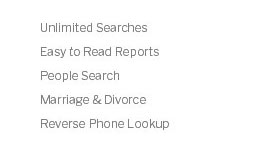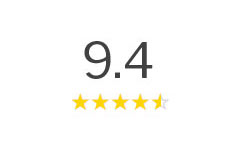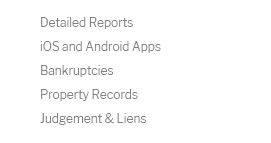 |
 |
|---|
|
|
|---|
 |
 |
 |
 |
|---|---|---|---|
 |
 |
 |
|
 |
|||
 |
 |
 |
|
 |
|||
 |
 |
 |
|
 |
|||

public access criminal records explained for everyday usersWhat they arePublic access criminal records are government-maintained files that summarize arrests, charges, court outcomes, and sentencing. They exist to promote transparency, help verify identities, and support informed decisions, while still balancing individual privacy and rehabilitation goals. How searches workMost jurisdictions compile data at the county or state level. You can query online portals by name or case number, then review docket entries, calendars, or scanned documents. Expect variations: some systems are free, others charge small fees or require in-person requests. Where to lookStart with the state judiciary or department of public safety site, then check county clerk pages. When results appear, compare dates of birth, middle initials, and case numbers to avoid mixing people with similar names.
Always cross-reference multiple sources and read the fine print on permissible use before relying on any single search result.
|
|---|